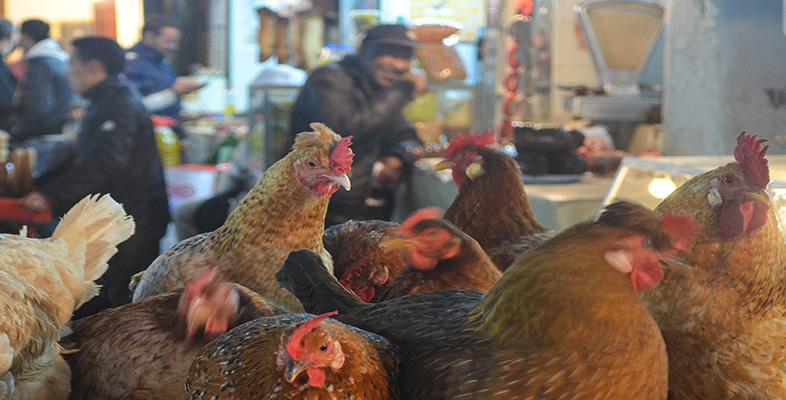Relationships and power
What, finally, about the third view of institutions? Consider the opening two sentences of Hulme’s picture of the ‘institutional landscape for attacking global poverty’:
The institutional landscape for tackling global poverty is a vast terrain which lacks clear boundaries and involves a web of multilateral, national, sub-national and local institutions spread across the public sector, private business and civil society. It is also a dynamic landscape comprised of institutions reflecting the power structures and principles of different eras.
Two concepts are prominent here:
- Relationships: Hulme may be talking of the ‘big players’, but they are not players who play – or can play – on their own. Hulme uses a number of terms to spell out the reality that institutional development depends on relationships between agencies, its quality and qualities shaped by the dynamics of the relationships.
- Power: In my original look at Hulme’s picture, I suggested that, ‘Perhaps most strikingly, the picture is one of power plays and politics’. Power drives the action and that institutional development can be seen most fruitfully as the outcome of power struggles.
I might have selected many other concepts from each of the passages I have looked at. But I want to turn finally to a rather different kind of concept, that I can best illustrate with reference to the story of BancoSol: the concept of ‘levels of action’.
